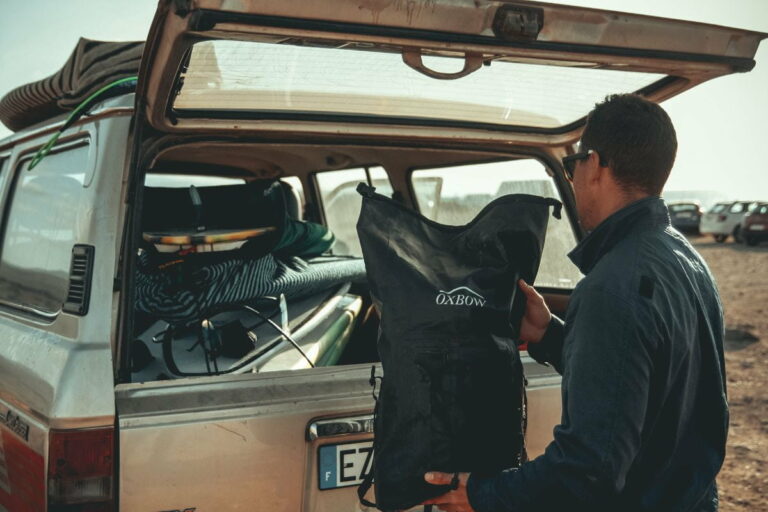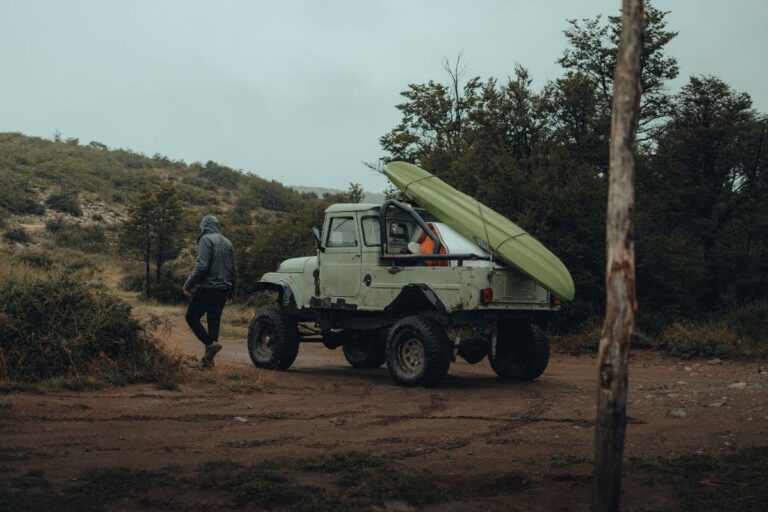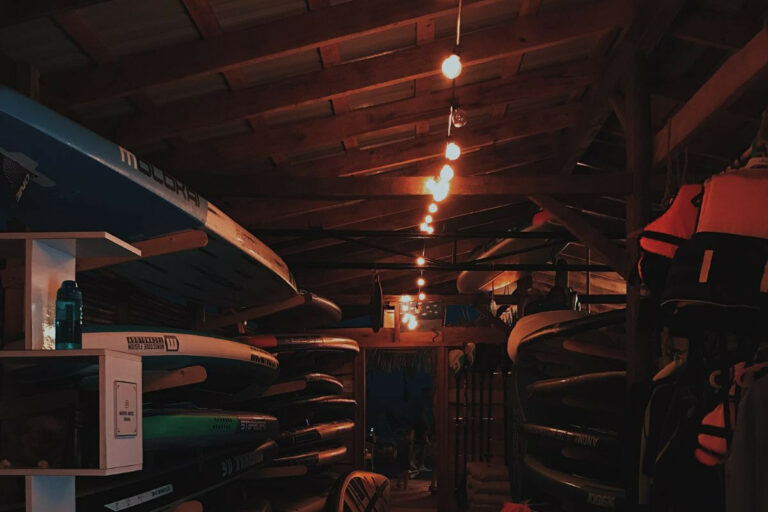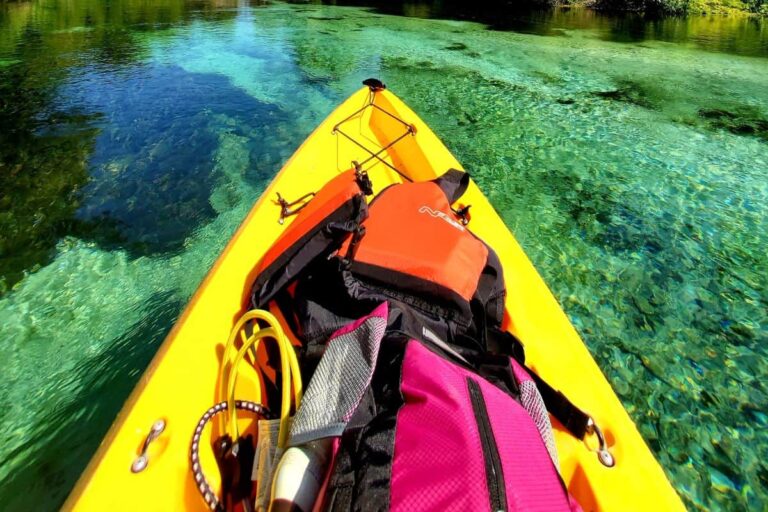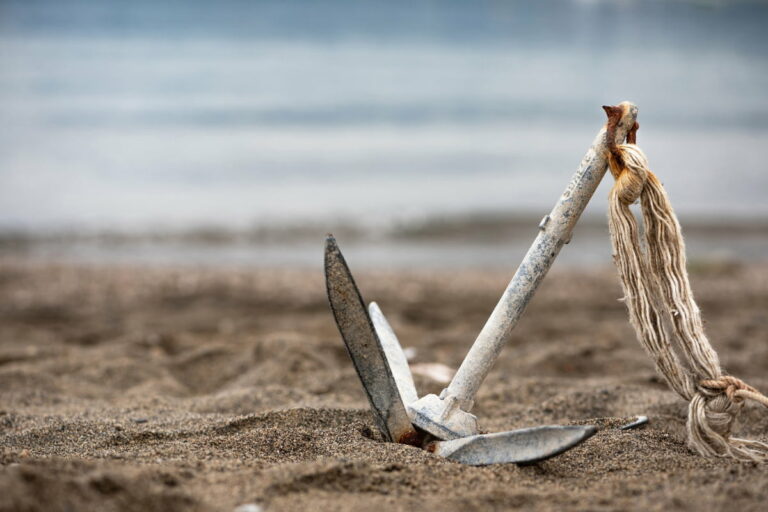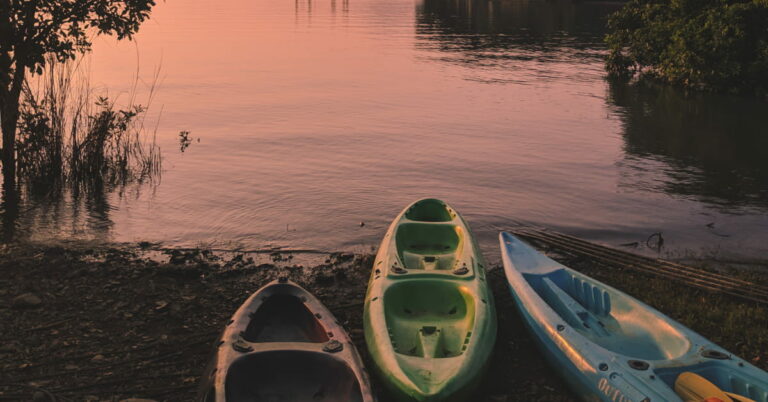How Long Does It Take To Kayak A Mile? (Kayak Speeds)
If you’re a beginner kayaker and are starting to enjoy spending time out on the water, you might wonder how long it takes to kayak one mile, and what the average kayak speed is that you can achieve while paddling?
The time it takes to kayak one mile will vary depending on several factors, including wind conditions, your kayak type, water conditions, and your strength and speed as a paddler – in this article, we’ll look at some averages based on all of these factors.
On average, new paddlers can kayak one mile in about thirty minutes, or two miles in an hour. Stronger and more experienced kayakers can usually paddle around three to four miles/hour, but your kayak’s speed will depend heavily on the water and weather conditions.
What Factors Affect Kayak Speed?
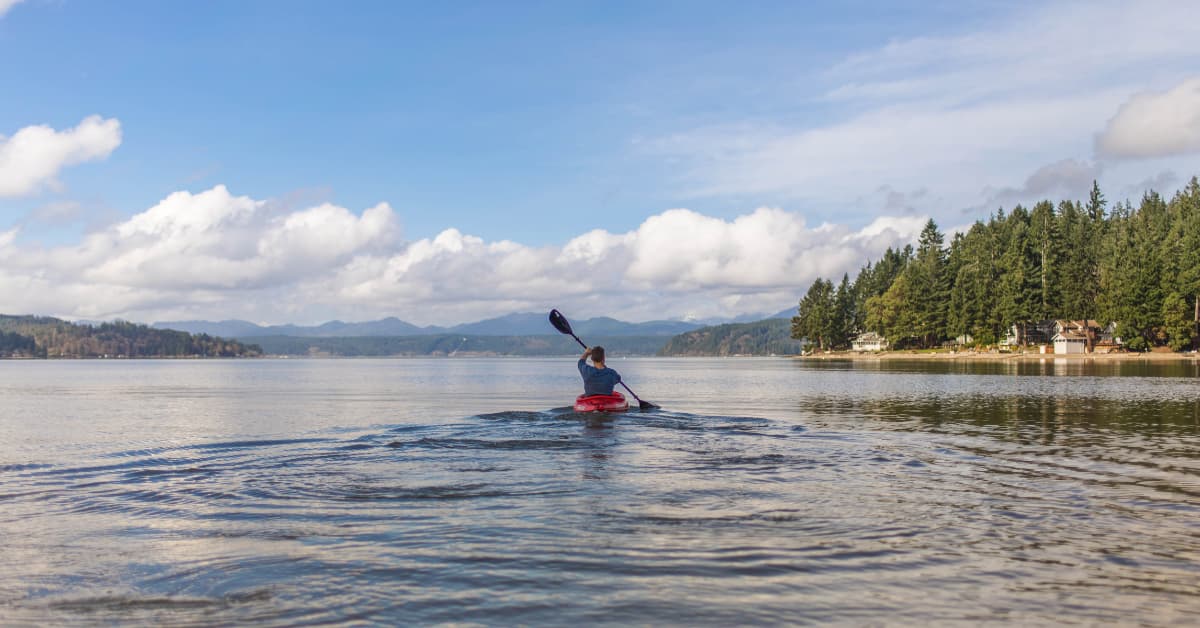
There are several things that will determine your paddling speed and the average kayak speed you can achieve.
We’ll explore some of the top factors that impact your kayaking speed below.
Factor One: Wind
The wind will significantly affect how quickly your kayak can move out on the water, and also how easy it will be to steer.
If you’re paddling with the wind so it’s blowing against your back, you’ll find yourself moving faster than usual on the water, because the air is pushing you forward, and you’re dealing with less wind resistance.
However, your speed will decrease if you paddle into the wind, so it’s blowing in your face.
Kayaks provide a surprising amount of wind resistance, as will your own body, so fighting against the wind will considerably impact how long it will take to kayak one mile.
Even heading sideways into the wind will have a significant effect, because the stern of your kayak will constantly be affected by the gusts, which swing the kayak around and lead it to drift off course.
No matter how experienced a paddler you may be, all kayakers are affected by wind, so you’ll always need to account for that when calculating your kayaking speeds.
Traveling with the wind can actually help you paddle faster and reach speeds of up to five miles per hour.
However, when paddling against the wind, your kayak’s speed will drop to around one mile/hour especially if the gusts are strong.
Remember, paddling against the wind’s direction takes a lot more energy, so if you’re kayaking with the wind on your outward trip, make sure you conserve enough strength to paddle back against the wind at the end.
It’s always best to paddle against the wind for your outward journey.
Factor Two: Currents And Tides
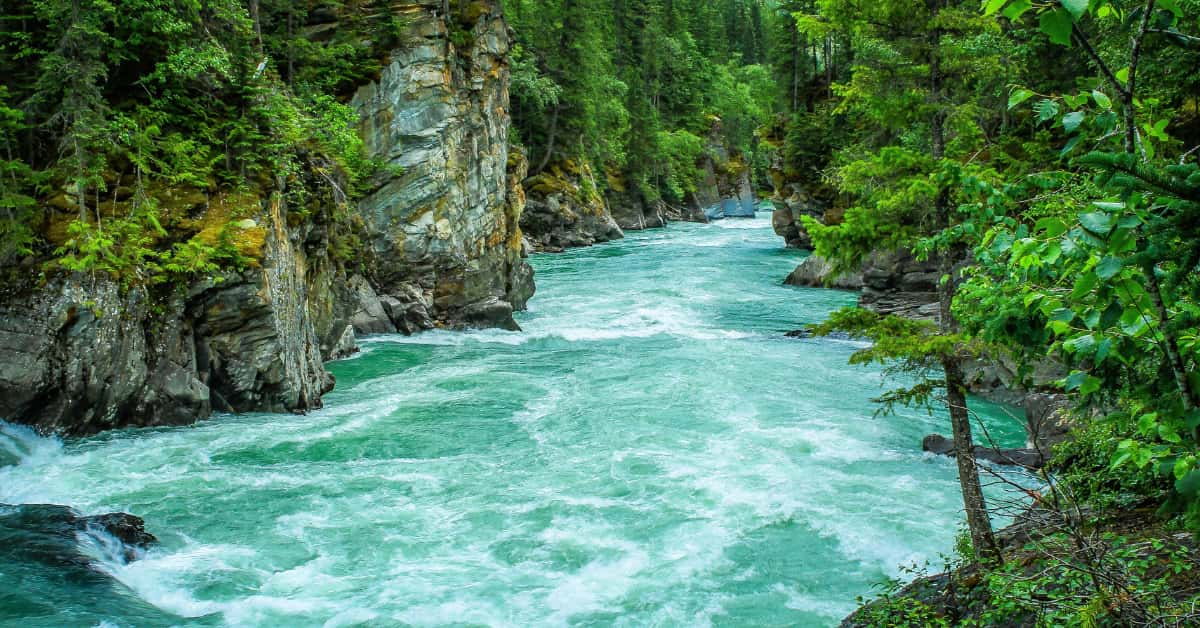
Just like the wind, water currents are a crucial factor in determining your kayaking speed.
You should always check the currents the same way you would check weather conditions before going out on a kayaking trip.
Water currents can have an even more significant effect on the speed of your kayak than wind.
The water conditions can affect your kayaking speed by as much as two miles each hour, and fighting against a current is exhausting, even for an experienced kayaker.
Therefore, you need to avoid doing this whenever possible – calm waters are ideal conditions for kayaking when planning your next trip.
Currents are usually weakest near the edges of rivers, so if you need to go against a current, paddle closer to the shore.
However, you also need to be aware of shallow spots, sharp rocks, and overhanging branches to avoid getting stuck.
Just like with the wind, if possible, it’s best to kayak against the current for your outward journey, so you can kayak with the current on your way back when you feel more tired.
You also need to be aware of tides in addition to currents.
If you are kayaking on the ocean or in a tidal river, the tidal pull can make an enormous difference when it comes to the speeds you can achieve.
Tides can slow your kayaking to a crawl if they’re against you, or even bring you in fast if it is with you.
Ocean currents can also affect your speed, while windy conditions can make things even more difficult when you’re kayaking out on the sea.
Always check and account for water currents before starting your kayak trip, or you could find yourself a long way from home with no strength left to paddle.
Factor Three: Type Of Kayak
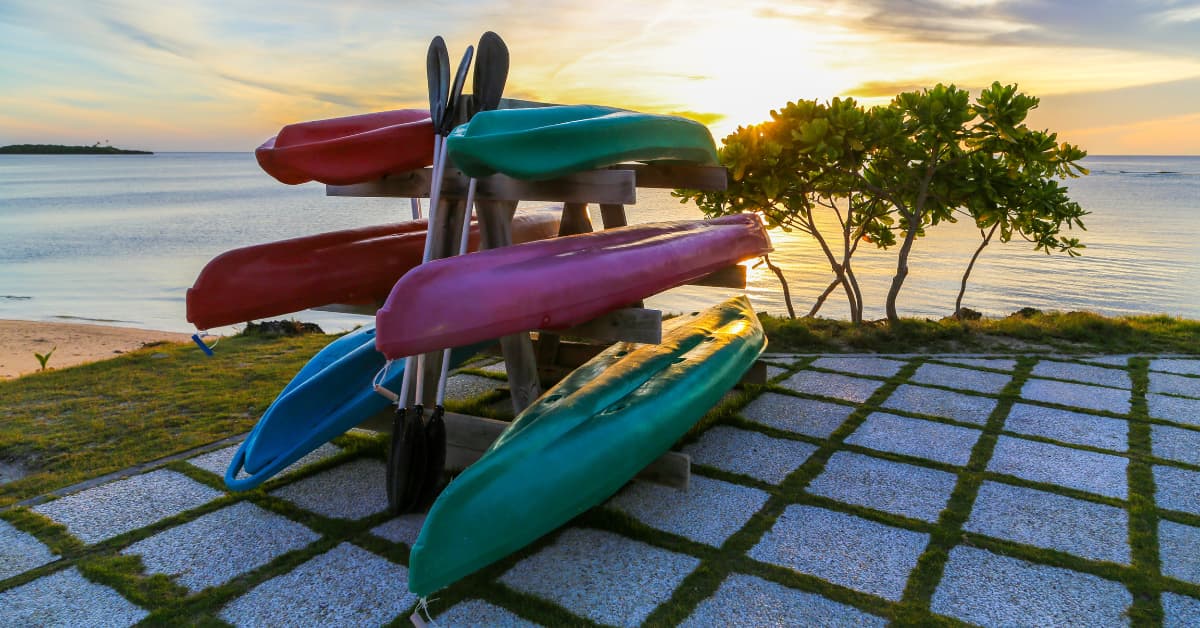
The kind of kayak you use will also have a significant impact on your speed.
For example, each kayak model has its own shapes – a wider kayak will move much more slowly than a sleek, narrow one because it has far more resistance working against it on the water.
Longer touring kayaks move faster, so if speed is your priority, choose a long narrow kayak.
You will sacrifice stability with a narrower kayak, but you will also be able to achieve faster speeds.
A sea kayak is usually the best option if you want to move quickly on the water. Sea kayaks are longer kayaks that are optimized for speed, but you can often find models with features that increase their stability.
Broader recreational kayaks, such as fishing kayaks, just can’t pick up as much speed as narrower boats because their broad prows don’t push through the water with as much ease.
A fishing kayak is geared more towards offering stability while you fish, and therefore its design isn’t focused on helping you to paddle a mile quickly!
Factor Four: Type Of Paddle
The kind of kayak paddle you will also can significantly affect the speed of your kayak trip.
Keep in mind, there is no “best” type of kayak paddle – each person’s paddle of choice should fit your individual needs and skill level.
This means it’s best to visit your local kayak store and ask for some advice when choosing the right paddle.
A kayak paddle should be the right size and shape for your shoulder width, height, and kayak’s width (for example, a shorter paddle will struggle to reach the water in a wider kayak).
There are also two options in terms of the paddle blades.
Low-angle paddles have long, narrow blades designed to minimize fatigue by cutting through the water more efficiently, which makes paddling less tiring but may slow you down and will not help you achieve your desired maximum speed.
High-angle paddles are designed to hold onto water and propel the kayak forward, which allows paddlers to be more aggressive with their strokes and reach higher paddling speeds.
High-angle paddles tend to be designed for use with narrow kayaks, and are often more suitable for racing.
Although you can’t measure the precise difference each type of paddle will make or how many miles you can paddle per hour, your paddle choice will make a difference.
If you’re focused on kayaking speed, consider using a high-angle paddle for your kayaking trip.
Factor Five: How Much Weight Your Kayak Is Carrying
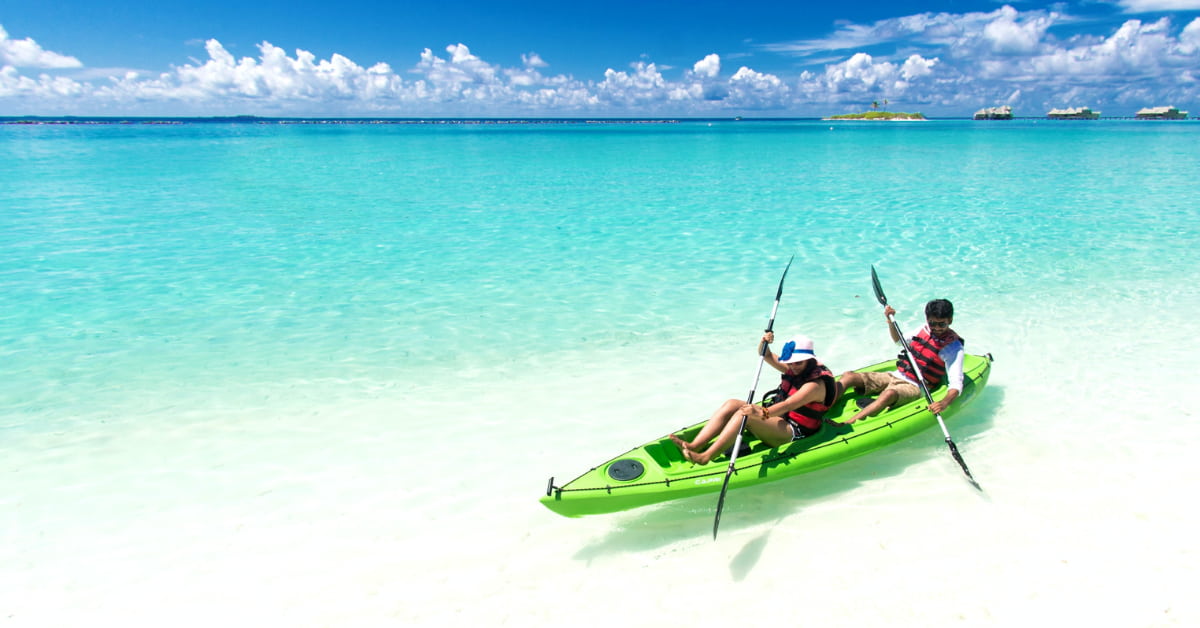
Another significant factor in your average speed is the weight of your kayak as well as how much weight it’s carrying (including you, your paddle, and other belongings.)
If you’re on the heavier side, you’ll have to put more power into driving the kayak forward, which will somewhat reduce your paddling speed per mile.
Likewise, your average kayaking speed is likely to be slower if your boat is heavy or you load your kayak down with gear.
You use your physical capabilities to drive the kayak through the water each time you make a paddle stroke.
The amount of pounds your boat weighs isn’t overly significant, but keep in mind that the heavier your kayak is, the more strength you’ll need and the less results you’ll get per stroke.
If you’re traveling in a lighter vessel, it will move forward with more ease per stroke.
Additionally, sit-in kayaks offer more cargo room than sit-on-top kayaks, which can sometimes be a disadvantage because you may overload your boat.
Minimizing the gear you carry in a sit-inside kayak to speed up your paddling is a good idea.
However, if you have a passenger who isn’t paddling (such as a pet or a child), remember that this will also have a massive impact on your speed and the estimated time it will take to paddle a mile.
Factor Six: Paddler’s Strength And Experience
Another key variable involved in how fast you travel is your strength and experience.
A strong paddler with a good amount of kayaking experience will move more quickly than someone who doesn’t have as much muscular power or experience.
A paddler’s experience and muscle memory in knowing how to use proper paddling form to push the kayak through the water at maximum efficiency will change how fast they can move.
In addition, gaining experience in a variety of currents, weather conditions, winds, and other factors will work to your advantage, and will also help you reach maximum hull speed for every mile.
Remember that if you’re kayaking for an extended period of time, you’ll need a break – you can’t just keep going indefinitely.
It’s crucial to stop during your kayak trip to stretch your muscles, eat and drink, and move around a bit.
Your strength and fitness levels play a big part in answering the question, “How long does it take to kayak a mile?”
Someone who has only sat in a kayak once and has limited strength won’t be able to paddle a mile nearly as fast as someone who has spent months training and practicing.
Factor Seven: The Hull Material
The material your kayak’s hull is made of will also make a difference in your mileage speed.
Fiberglass or composite kayaks often travel faster than plastic kayaks.
However, composite kayaks are also more expensive, and you won’t find anything as cheap as a plastic kayak.
How Long Does It Take To Kayak Ten Miles?
If weather and water conditions are good, it should generally take a recreational paddler a little over five hours to kayak ten miles.
However, if you’re planning an excursion, remember that your muscle coordination will likely decline as you become tired, leading to a slowdown toward the end of the trip.
Also keep in mind what helps you on your outward journey will also work against you on your inward journey.
Currents, tides, winds, and other factors need to be considered so that you don’t find yourself stranded and struggling.
How Long Does It Take To Kayak Three Miles?
If you’re a reasonably inexperienced paddler, as a rough estimate, it should take about one to one and a half hours to kayak three miles.
But, again, remember that the more tired you get, the slower you’ll go, so that last mile will probably take much longer than the first two.
Depending on how fit you are, you may not necessarily need to take a break on a three-mile journey, but it’s a good idea to plan for one just in case.
Conclusion
Under most circumstances, it takes about half an hour to kayak one mile, but if you’re planning a long trip, remember that your speed will decrease as you get tired.
You should always ensure that your journey back will be easier than your journey out, so you can be confident that you’ll have sufficient energy to complete it.
Table of Contents

